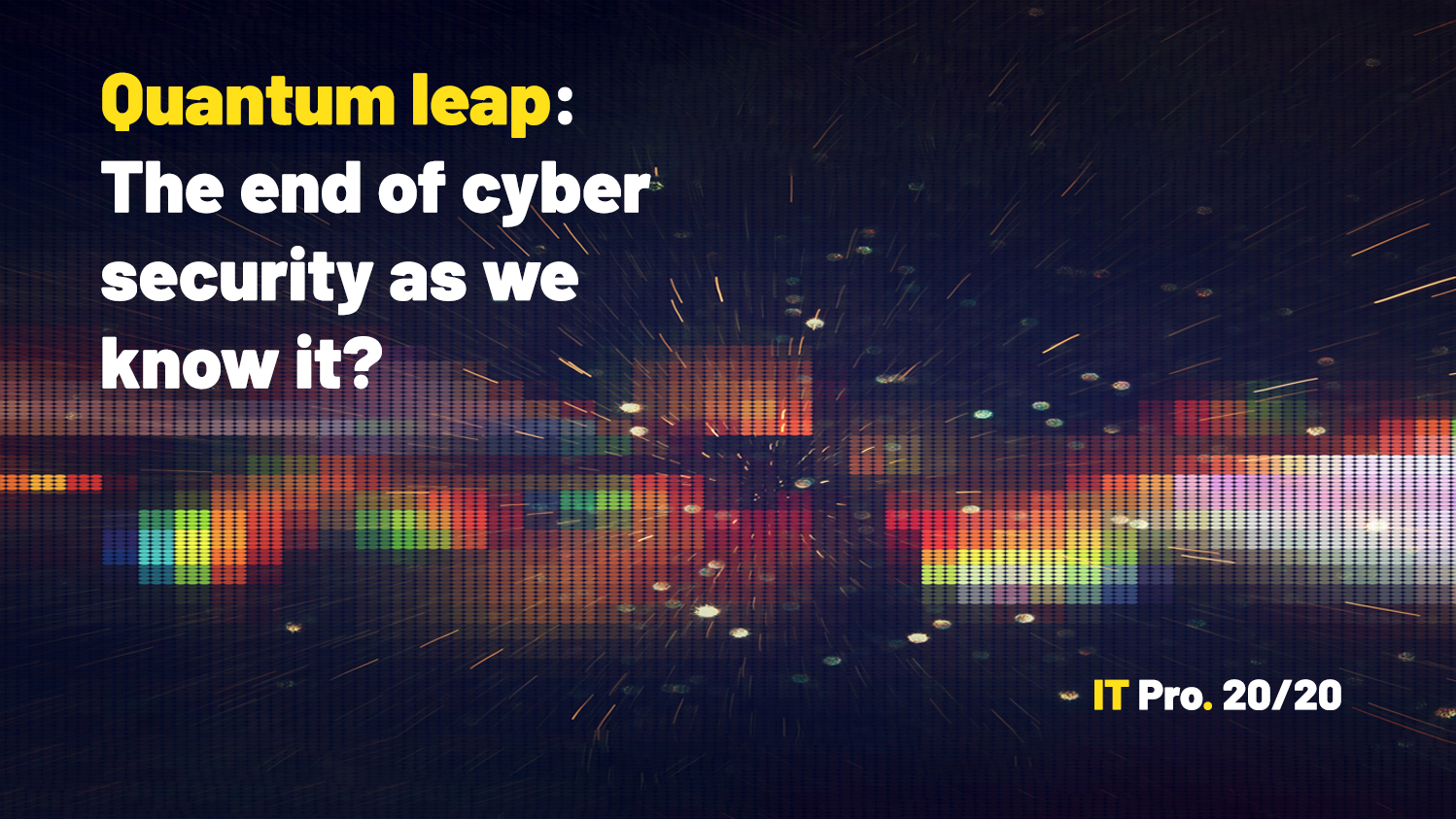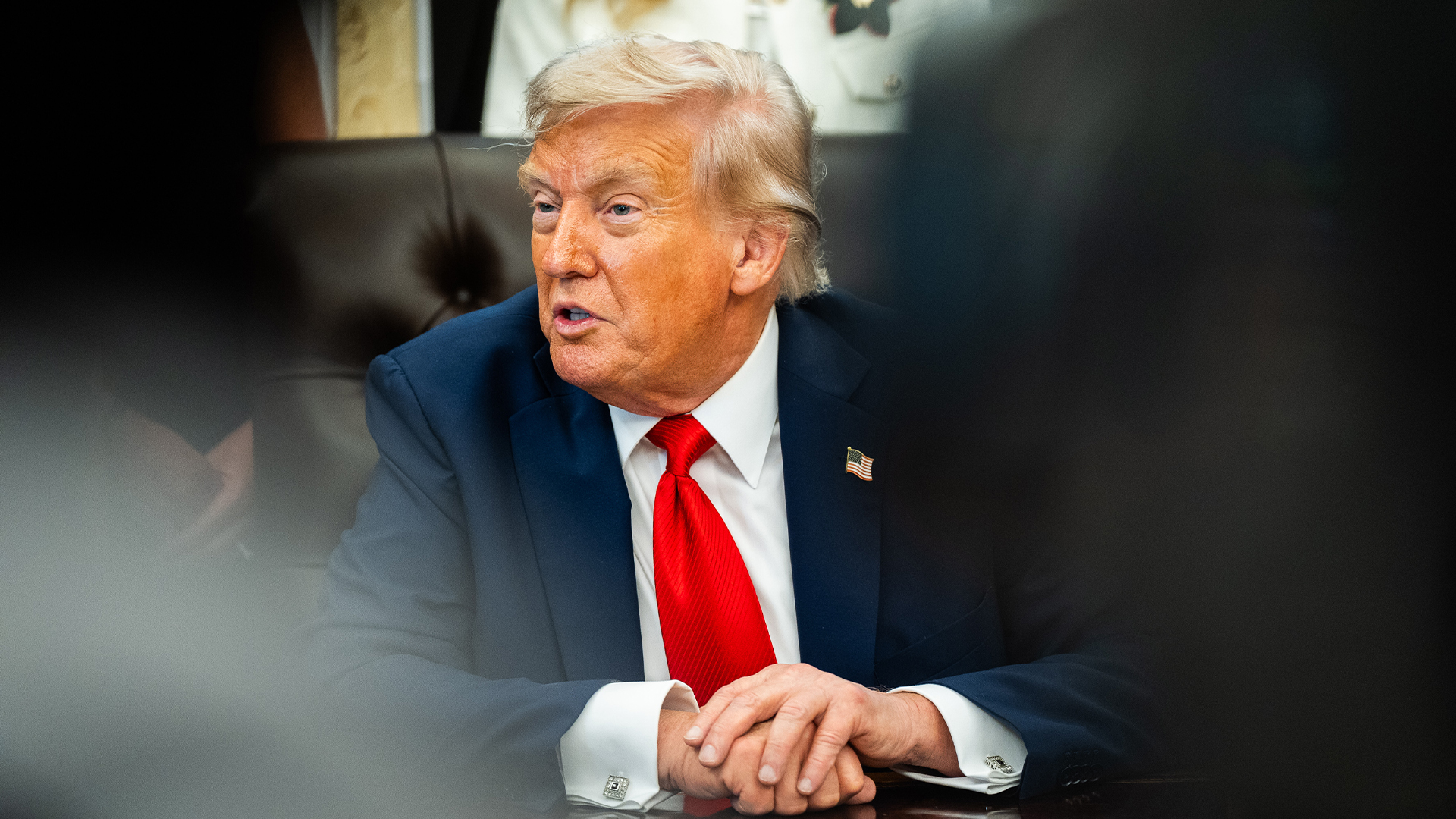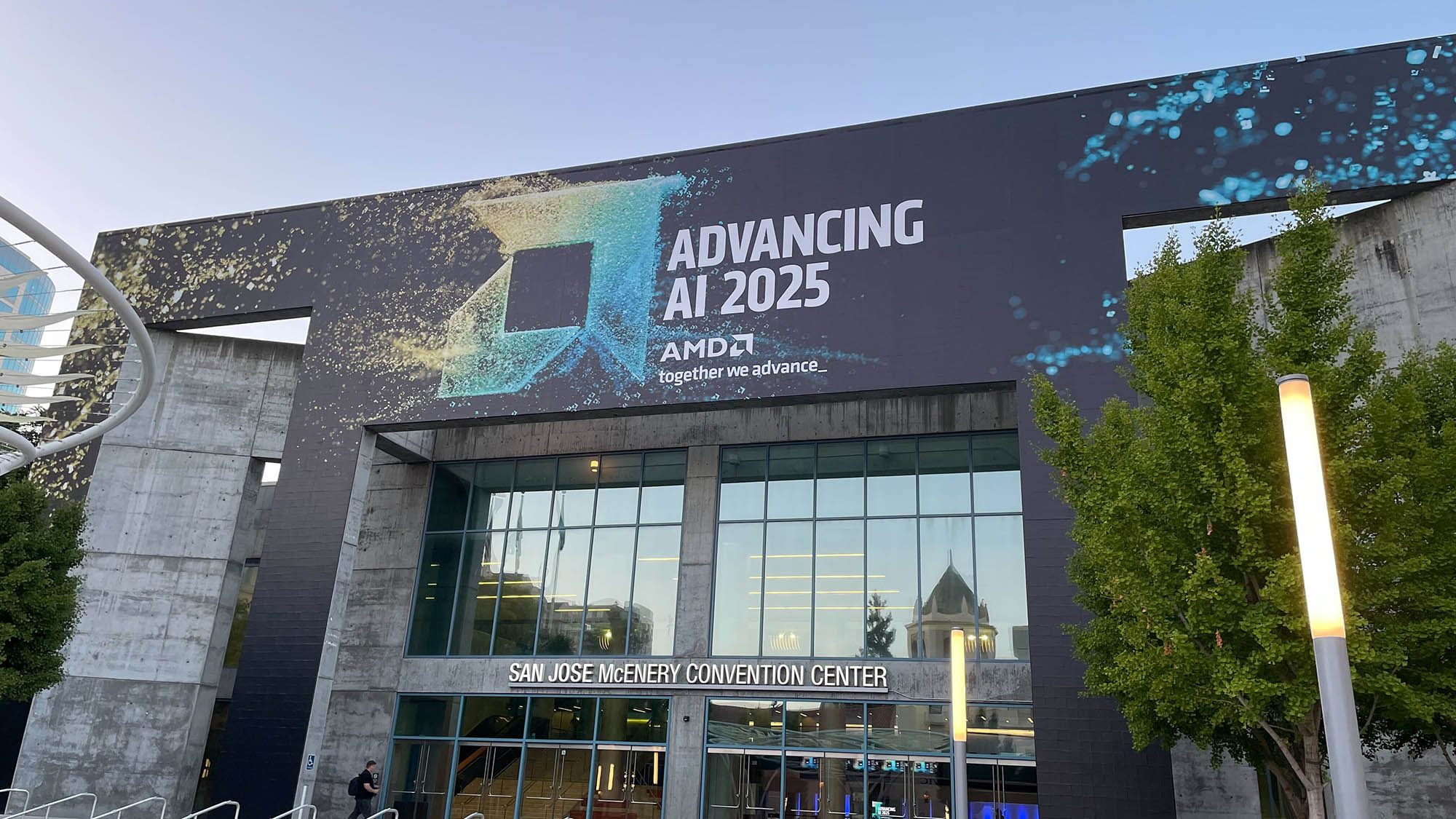Is it time to put Intel Outside?
As rivals continue to make gains, the chipmaker may be past its best


Looking at Intel’s most recent financial results, you’d be inclined to say the company is doing rather well; its first-quarter revenue for 2020 is up by almost 25% year-on-year, to a total of just under $20 billion, with strong double-digit growth across both its data centre and end-user computing divisions. The company forecasted a reduction in revenue for Q2, but it’s a comparatively minor one, and all things considered, the company appears to be in good shape.
So why do I have this persistent feeling that somehow, this is the beginning of the end for the silicon titan?
Perhaps it’s because Nvidia has just leapfrogged Moore’s company to become the most valuable US-based chip manufacturer, buoyed by smart acquisitions and a keen focus on the data centre; or maybe it’s the fact that it’s taken 12 years and counting for the company to bring its 10nm production process to market, in which time AMD has flamed out, reinvented itself and still had time to jump straight past Intel to a 7nm process, which has been widely available since last year.
It also could be the fact that I’ve spent the week testing out the Samsung Galaxy Book S – a marvellous little device built on Qualcomm’s Snapdragon 8cx platform which demonstrates the true capabilities of ARM-based Windows devices when properly engineered. I won’t spoil the review (which should be published soon) but, suffice it to say, the power efficiency leaves Intel devices in the dust.
This, I think, illustrates the root of the problem that I’ve been having with Intel; the company isn’t innovating fast enough. Each successive generation of Intel chips manages, at most, around a 10-15% performance increase over its predecessor – meanwhile, AMD is producing monster 32-core desktop processors which can make entire server racks redundant, and Qualcomm’s laptop chips look like they could well start eating Intel’s lunch when it comes to price/performance ratio.
RELATED RESOURCE

IT Pro 20/20: A quantum leap for security
The sixth issue of IT Pro 20/20 looks at the state of cyber security in 2020 and beyond
Historically, Intel has always had inertia on its side – it’s the industry’s biggest player, and has long-standing commercial relationships with every vendor in the industry. This has allowed the company to keep a strong grip on the top spot, and even today, Intel chips are effectively the default for most hardware.
So what’s the problem? Intel is still the dominant market force, with a huge lead in market share and a very healthy financial outlook, so what’s there to worry about?
Sign up today and you will receive a free copy of our Future Focus 2025 report - the leading guidance on AI, cybersecurity and other IT challenges as per 700+ senior executives
Well, being the incumbent will only get you so far in the face of genuine competition. Already, we’re starting to see a noticeable uptick in the number of servers from blue-chip vendors like Dell and HPE that use AMD’s EPYC data centre chips rather than Intel Xeon processors. Ryzen-powered laptops are becoming more common too, and if the Galaxy Book S is anything to go by, expect the same to be true of Snapdragon laptops before too long.
One of the biggest warning-signs is that Apple, a long-time partner of Intel’s for all of its desktop and laptop compute hardware, has finally decided to abandon Intel chips in favour of custom-made ARM silicon. While other hardware manufacturers are unlikely to start manufacturing their own chips, Apple could be the first of many to decide that perhaps Intel is no longer the best partner.
In short, unless Intel pulls its finger out and starts actually innovating again, it’s going to get left behind by its rivals. Nvidia, AMD and Qualcomm are all making gains on the company, and it’s not doing an awful lot to justify its position as market leader from where I’m sitting. Intel’s been at the top of the heap for decades now – maybe it’s time for a change.
Adam Shepherd has been a technology journalist since 2015, covering everything from cloud storage and security, to smartphones and servers. Over the course of his career, he’s seen the spread of 5G, the growing ubiquity of wireless devices, and the start of the connected revolution. He’s also been to more trade shows and technology conferences than he cares to count.
Adam is an avid follower of the latest hardware innovations, and he is never happier than when tinkering with complex network configurations, or exploring a new Linux distro. He was also previously a co-host on the ITPro Podcast, where he was often found ranting about his love of strange gadgets, his disdain for Windows Mobile, and everything in between.
You can find Adam tweeting about enterprise technology (or more often bad jokes) @AdamShepherUK.
-
 I couldn’t escape the iPhone 17 Pro this year – and it’s about time we redefined business phones
I couldn’t escape the iPhone 17 Pro this year – and it’s about time we redefined business phonesOpinion ITPro is back on smartphone reviews, as they grow more and more intertwined with our work-life balance
-
 When everything connects, everything’s at risk
When everything connects, everything’s at riskIndustry Insights Growing IoT complexity demands dynamic, automated security for visibility, compliance, and resilience
-
 Nvidia’s Intel investment just gave it the perfect inroad to lucrative new markets
Nvidia’s Intel investment just gave it the perfect inroad to lucrative new marketsNews Nvidia looks set to branch out into lucrative new markets following its $5 billion investment in Intel.
-
 Nvidia hails ‘another leap in the frontier of AI computing’ with Rubin GPU launch
Nvidia hails ‘another leap in the frontier of AI computing’ with Rubin GPU launchNews Set for general release in 2026, Rubin is here to solve the challenge of AI inference at scale
-
 Framework Desktop review: Modular design and ferocious AMD performance
Framework Desktop review: Modular design and ferocious AMD performanceReviews AMD's Ryzen Max CPUs debut in Framework's impressive modular self-build small-form desktop PC
-
 The US government's Intel deal explained
The US government's Intel deal explainedNews The US government has taken a 10% stake in Intel – but what exactly does the deal mean for the ailing chipmaker?
-
 US government could take stake in Intel as chip giant's woes continue
US government could take stake in Intel as chip giant's woes continueNews The move would see increased support for Intel’s manufacturing operations
-
 Dell says Windows 11 migration is a prime opportunity to overhaul ageing PC fleets – and AI devices are in the spotlight
Dell says Windows 11 migration is a prime opportunity to overhaul ageing PC fleets – and AI devices are in the spotlightNews The shift to Windows 11 means IT leaders can ditch old tech and get their hands on AI PCs
-
 AMD chief exec Lisa Su says its new Helios AI rack is a 'game changer' for enterprises ramping up inference – here's why
AMD chief exec Lisa Su says its new Helios AI rack is a 'game changer' for enterprises ramping up inference – here's whyNews The integrated hardware offering will feature upcoming AMD chips and networking cards
-
 AMD Advancing AI 2025: All the latest news and updates from San Jose
AMD Advancing AI 2025: All the latest news and updates from San JoseFollow all the news and updates live from AMD's latest Advancing AI conference
